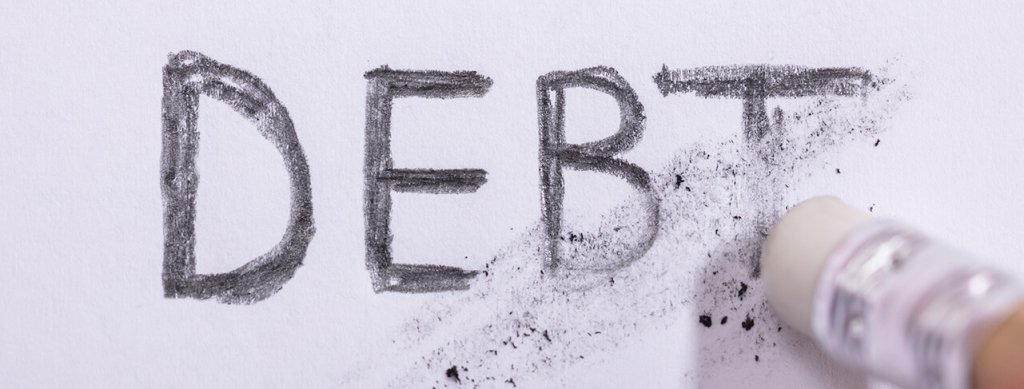If you hold a business-related debt that’s become worthless or uncollectible, a “bad debt” deduction may allow you to cut your losses. But there are a few hoops to jump through.
Business or nonbusiness?
Business bad debts generate ordinary losses; nonbusiness bad debts are reported as short-term capital losses. The latter can be used only to offset capital gains (plus up to $3,000 in ordinary income). Also, you can’t take a deduction for partially worthless nonbusiness bad debts. They must be totally worthless to be deductible.
A business bad debt is a loss related to a debt that was either created or acquired in a trade or business or closely related to your trade or business when it became partly or totally worthless. Common examples include credit sales to customers for goods or services, loans to customers or suppliers and business-related guarantees.
Some debts are considered both business and nonbusiness (personal). For example, say you guarantee a loan on behalf of one of your best customers, who also is a friend. If your friend later defaults, the test for whether your loss is business or nonbusiness is whether your “dominant motivation” in making the guarantee was to help your business or your friend.
If a bad debt is related to a loan you made to your business, the IRS may deny a bad debt deduction if it finds that the loan was a contribution to capital. To qualify for a bad debt deduction, the underlying debt must be bona fide. That is, you must have loaned the money or extended credit with the expectation that you would be repaid and with the intent to enforce collection if you weren’t repaid. Proper documentation is key.
Included in income?
Not all bad debts are deductible. The purpose of the deduction is to offset a previous tax liability. So, you must have previously included the receivable in your income. Typically, that’s not the case with respect to accounts receivable if your business uses the cash-basis method of accounting. Cash-basis taxpayers generally don’t report income until they receive payment. If someone fails to pay a bill, the business simply doesn’t include that amount in income. Permitting a bad debt deduction on top of that would give the business a windfall from a tax perspective.
Accrual-basis taxpayers, on the other hand, report income as they earn it, even if it’s paid later. So, a bad debt deduction may be appropriate to offset uncollectible amounts previously included in income.
Pursuing a deduction
Review your business debts to assess whether any became partially or totally worthless during 2019. If so, and if you’re an accrual-basis taxpayer, we can help you pursue a deduction.
Handle accounting for “charge-offs” carefully
You can deduct a partially worthless portion of business debt, but only if that amount has been “charged off” for accounting purposes during the tax year. The IRS takes the position that simply recording an allowance or reserve for anticipated losses isn’t enough. You must treat the amount as a sustained loss, which requires specific language in your books. Deductions for totally worthless debts don’t require a charge-off. But it’s a good idea to do so anyway because, if the IRS determines the debt was only partially worthless, it can disallow the deduction absent a charge-off.
© 2019



